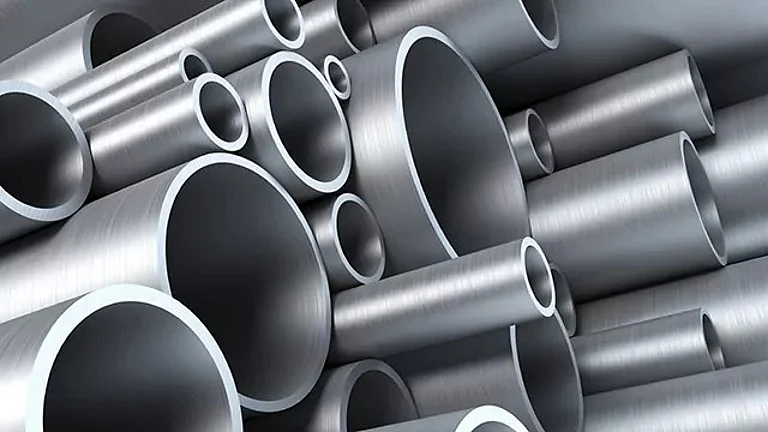At the meeting of supreme audit institutions of G20 countries, which was held last month, a sustainable way of facilitating trade and development in and outside the nations was one of the key talking points. World over, policymakers have been working to come up with sustainable plans of development to help Earth’s ecology.
In this background, the SAIs meeting discussed the proposal of focusing on ‘blue economy’. While addressing the gathering, Comptroller and Auditor General GC Murmu said that blue economy emerged as a priority area for SAIs. Given the spotlight on the topic, it has piqued the interest of common people and experts alike. So let’s take a look at what blue economy means and where does India stand when it comes to its development.
What Is Blue Economy?
The World Bank defines blue economy as the "sustainable use of ocean resources for economic growth, improved livelihoods, and jobs while preserving the health of ocean ecosystem”. Essentially, developing a nation’s blue economy would mean developing its maritime trade routes, generating employment in coastal areas, and taking initiatives to preserve and protect ocean ecosystems throughout this process.
United Nations first introduced the concept at a 2012 conference to stress upon sustainable management of marine resources. It was argued that marine ecosystems are more productive when they are healthy. Given the importance of developing blue economy, India has been focusing on the maritime sector through several initiatives in the past few years.
How Is India Working On Its Blue Economy?
Initiatives like Pradhan Mantri Matsya Sampada Yojana launched by Union government are aiming for the development of the fishing industry in India to bring a ‘blue revolution’. Apart from this, over the years, the Indian government has taken up various other initiatives and schemes to bolster the blue economy.
The government is giving incentives to coastal states to encourage them to develop a blue economy. Recently, Goa Chief Minister Pramod Sawant announced that the state will be developing four fishing villages under a central government-funded scheme.
The government had also launched a vision document titled ‘Maritime India Vision 2030’. Under the vision for this decade, the government has planned over 150 initiatives across various maritime sub-sectors like ports, shipping and waterways.
While the government focuses on developing India’s maritime sector to make it realise its full potential, a key tenet of blue economy is to ensure that the health of marine resources is not harmed. With the focus on sustainable development, how government's plans for the maritime sector evolve in the coming years remains to be seen.

























